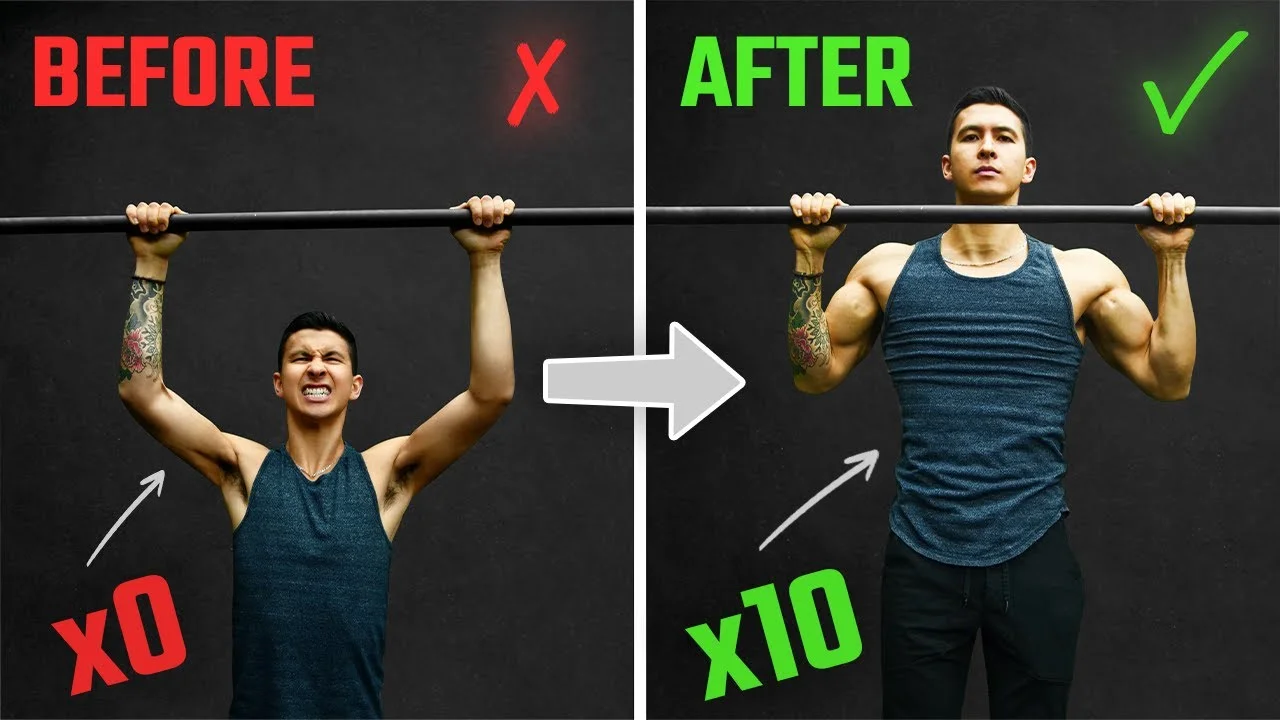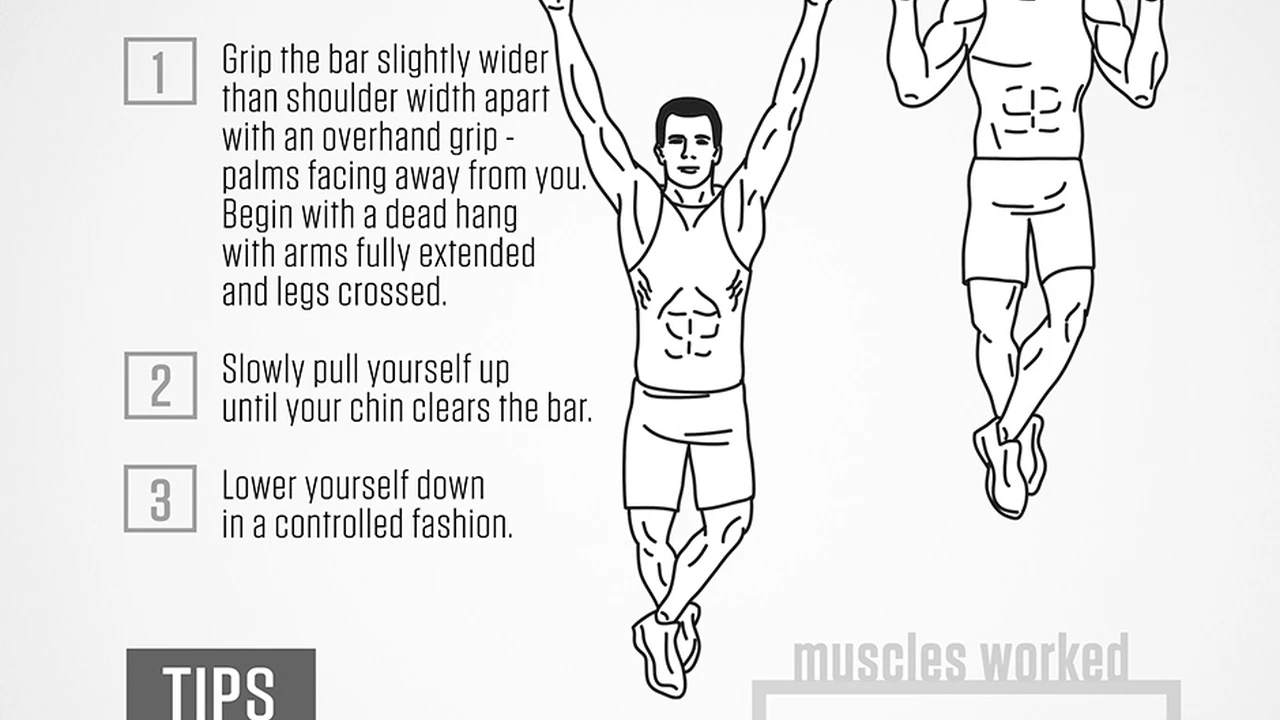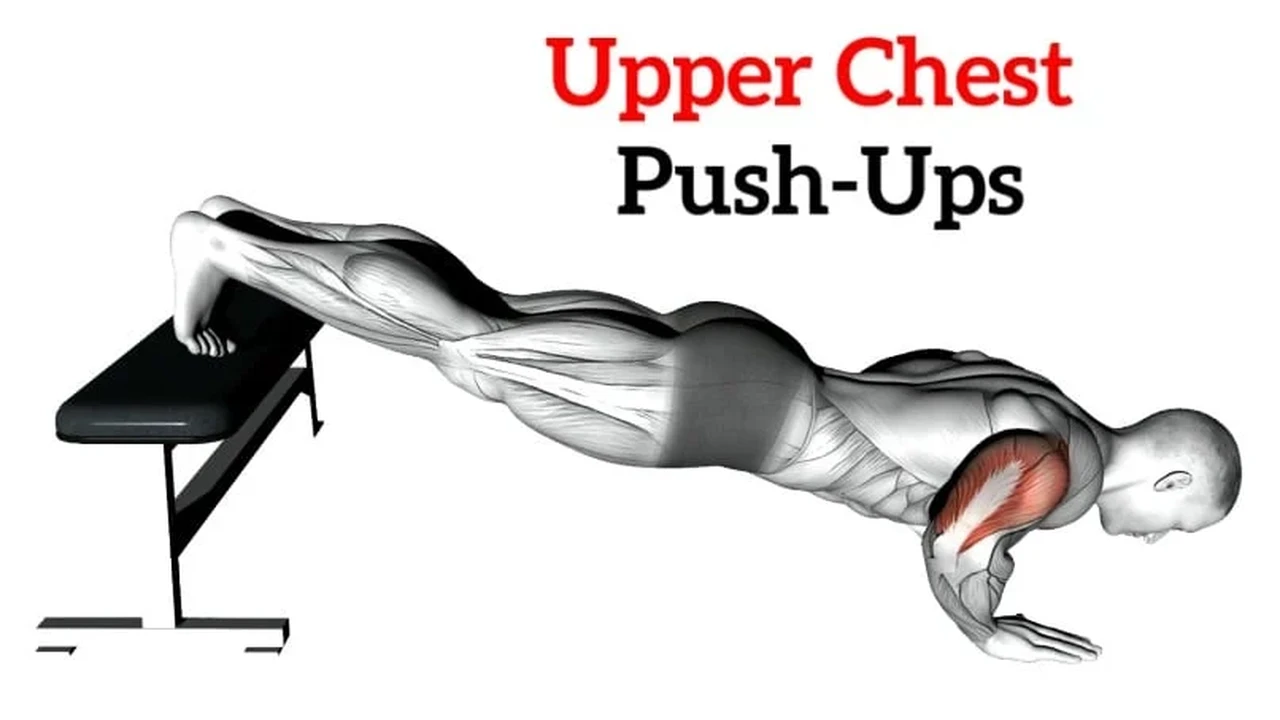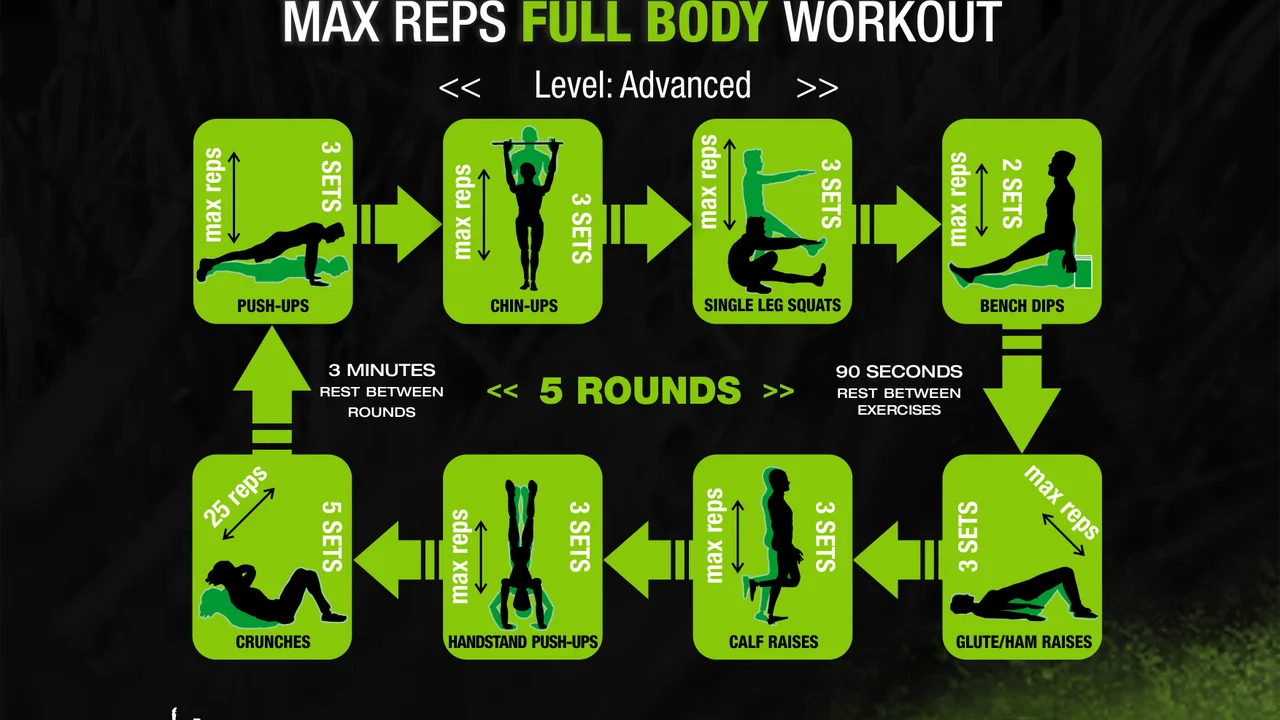How to Increase Your Pull-Up Reps Quickly
Increasing your pull-up reps can feel like an impossible feat, but with the right techniques and dedication, you can significantly boost your numbers. This guide breaks down proven strategies, from optimizing your form and building strength to incorporating specific exercises and choosing the right equipment. We'll also explore product recommendations to enhance your training and help you achieve your pull-up goals faster. Let's get you pulling up more than ever before!

Understanding Pull-Up Mechanics and Form for Maximum Reps
Before diving into specific exercises, let's address the fundamentals. Proper pull-up form is crucial not only for maximizing your reps but also for preventing injuries. Here's a breakdown:
- Grip: Use an overhand grip, slightly wider than shoulder-width. Experiment with different widths to find what feels most comfortable and allows you to engage your back muscles effectively.
- Starting Position: Hang from the bar with your arms fully extended. This is your dead hang position. Actively engage your lats (the large muscles in your back) to avoid passively hanging from your joints.
- The Pull: Initiate the pull-up by squeezing your shoulder blades together and pulling with your back muscles. Think about pulling your elbows down towards your ribs.
- Chin Over Bar: Continue pulling until your chin clears the bar. This is a full repetition.
- Controlled Descent: Lower yourself slowly and with control back to the dead hang position. Avoid dropping down quickly.
Common mistakes to avoid include kipping (using momentum to swing your body), not fully extending your arms at the bottom, and not engaging your back muscles properly. Focus on quality over quantity. If you can't maintain good form, reduce the number of reps or try assisted pull-ups.
Strength Training Exercises to Improve Pull-Up Performance
Pull-ups are a compound exercise that requires strength in your back, biceps, and forearms. Incorporating these strength training exercises into your routine will significantly improve your pull-up performance:
- Lat Pulldowns: This exercise mimics the pull-up motion and helps build lat strength. Use a wide grip and focus on squeezing your shoulder blades together. Aim for 3 sets of 8-12 reps.
- Barbell Rows: Barbell rows are another excellent exercise for building back strength. Maintain a flat back and pull the barbell towards your chest. Aim for 3 sets of 6-10 reps.
- Dumbbell Rows: Dumbbell rows allow you to work each side of your back independently. Support yourself on a bench and pull the dumbbell towards your chest. Aim for 3 sets of 8-12 reps per arm.
- Bicep Curls: Strong biceps are essential for pull-ups. Perform bicep curls with dumbbells or a barbell. Aim for 3 sets of 10-15 reps.
- Forearm Exercises: Strengthening your forearms will improve your grip strength. Try exercises like wrist curls and reverse wrist curls. Aim for 3 sets of 15-20 reps.
Focus on progressive overload, gradually increasing the weight or resistance as you get stronger. This will challenge your muscles and promote continued growth.
Assisted Pull-Ups: A Beginner-Friendly Approach to Building Strength
If you can't perform a full pull-up, don't get discouraged! Assisted pull-ups are a great way to build the necessary strength. Here are a few options:
- Assisted Pull-Up Machine: This machine uses a counterweight to help you lift your body. Adjust the weight to find a level that allows you to perform 8-12 reps with good form.
- Resistance Bands: Loop a resistance band around the pull-up bar and place your feet in the loop. The band will provide assistance as you pull yourself up. Experiment with different band strengths to find the right level of assistance.
- Negative Pull-Ups: Jump up and grab the pull-up bar, starting in the top position with your chin over the bar. Slowly lower yourself down to the dead hang position. Focus on controlling the descent as much as possible.
Start with the most assistance and gradually reduce it as you get stronger. The goal is to eventually perform unassisted pull-ups.
Optimizing Your Diet and Recovery for Pull-Up Gains
Strength training is only one piece of the puzzle. Proper nutrition and recovery are also essential for maximizing your pull-up gains.
- Protein: Protein is crucial for muscle repair and growth. Aim to consume at least 1 gram of protein per pound of body weight per day. Good sources of protein include meat, poultry, fish, eggs, dairy, and legumes.
- Carbohydrates: Carbohydrates provide energy for your workouts. Choose complex carbohydrates like whole grains, fruits, and vegetables.
- Healthy Fats: Healthy fats are important for hormone production and overall health. Include sources like avocados, nuts, and olive oil in your diet.
- Hydration: Drink plenty of water throughout the day to stay hydrated.
- Sleep: Aim for 7-9 hours of sleep per night to allow your muscles to recover and rebuild.
- Rest Days: Schedule rest days into your training routine to prevent overtraining.
Listen to your body and adjust your diet and recovery as needed. Don't be afraid to experiment to find what works best for you.
Pull-Up Bar and Equipment Recommendations for Home Workouts
Having your own pull-up bar makes it easier to incorporate pull-ups into your routine. Here are a few recommendations:
- Doorway Pull-Up Bar: These bars are easy to install and remove, making them a convenient option for home workouts. They typically range in price from $20-$50. Example: Iron Gym Total Upper Body Workout Bar - around $30 on Amazon. Great for beginners and those with limited space.
- Wall-Mounted Pull-Up Bar: These bars are more stable and can support more weight than doorway pull-up bars. They require permanent installation. Expect to pay between $50-$150. Example: Rogue P-4 Pull-Up System - around $125. A solid choice for serious lifters.
- Power Tower: Power towers offer a variety of exercises, including pull-ups, dips, and push-ups. They can be a good option if you want to add more variety to your workouts. Prices range from $100-$300. Example: Weider Power Tower - around $200. Offers multiple workout options.
Product Comparison: A doorway pull-up bar is ideal for beginners and those with limited space, while a wall-mounted pull-up bar is a better choice for more advanced lifters who need a more stable platform. Power towers offer versatility but take up more space and can be less sturdy than dedicated pull-up bars.
Pull-Up Training Programs for Rapid Improvement and Increased Reps
To maximize your progress, follow a structured pull-up training program. Here are a couple of examples:
Beginner Program (0-3 Pull-Ups):
- Day 1: Assisted Pull-Ups (3 sets of 8-12 reps), Lat Pulldowns (3 sets of 10-15 reps), Dumbbell Rows (3 sets of 10-15 reps per arm)
- Day 2: Rest
- Day 3: Negative Pull-Ups (3 sets of 5-8 reps), Bicep Curls (3 sets of 12-15 reps), Forearm Exercises (3 sets of 15-20 reps)
- Day 4: Rest
- Day 5: Repeat Day 1
- Day 6: Rest
- Day 7: Repeat Day 3
Intermediate Program (3-8 Pull-Ups):
- Day 1: Pull-Ups (3 sets of as many reps as possible), Lat Pulldowns (3 sets of 8-12 reps), Barbell Rows (3 sets of 6-10 reps)
- Day 2: Rest
- Day 3: Weighted Pull-Ups (3 sets of 5-8 reps), Bicep Curls (3 sets of 10-12 reps), Forearm Exercises (3 sets of 12-15 reps)
- Day 4: Rest
- Day 5: Repeat Day 1
- Day 6: Rest
- Day 7: Repeat Day 3
Adjust the programs based on your individual needs and progress. Remember to focus on proper form and listen to your body. Consider adding weight gradually as you get stronger, using a weight belt or dumbbell between your feet.
:max_bytes(150000):strip_icc()/277019-baked-pork-chops-with-cream-of-mushroom-soup-DDMFS-beauty-4x3-BG-7505-5762b731cf30447d9cbbbbbf387beafa.jpg)






